
PROMO!
First order? Get 10% OFF with this code: 1storder
Written by
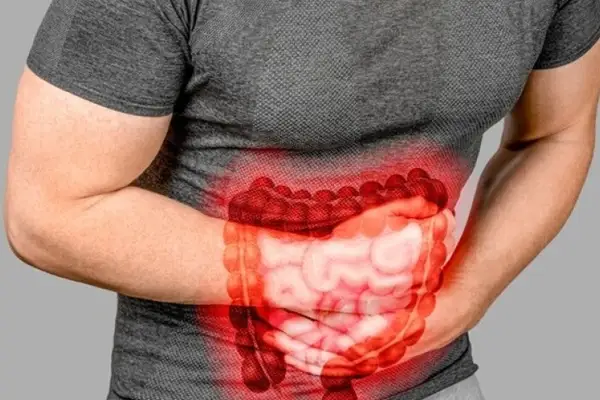
Research on gastrointestinal motility has gained attention because it plays a central role in digestion and overall gut function. When this rhythm is disrupted, digestion slows or speeds up in ways that can cause bloating, discomfort, or irregular bowel habits.
In more severe cases, ongoing motility problems may contribute to chronic digestive concerns. To explore these patterns, researchers have studied signaling molecules that guide intestinal movement.
Vasoactive Intestinal Peptide (VIP) has gained attention for its influence on smooth muscle contractions, while another peptide, BPC-157, has been noted for its potential effects on digestive repair and function.
In this article, we’ll look at how gastrointestinal motility works, how VIP and BPC-157 may play a role, and why these peptides continue to draw interest in gut health.
Explore VIP Peptide from Peptide Works, a neuropeptide that supports smooth muscle function and healthy gastrointestinal motility.
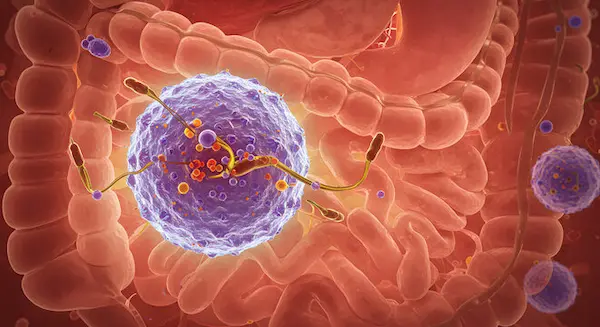
VIP peptide acts as a messenger that links the gut’s nerves and muscles. When it binds to VPAC receptors, it can trigger calcium signals that guide smooth muscle to relax or contract. This helps regulate the rhythm of movement along the digestive tract, keeping food and waste moving in sequence.
Some findings also suggest that VIP supports electrolyte release, which helps fluids move through the intestines more smoothly. Beyond muscle activity, VIP connects with cells that shape gut signaling networks. It interacts with enteric glial cells and influences immune pathways that can affect motility.
Because of its link to immune regulation, VIP is often discussed among immunity peptides studied for their role in gut balance and motility. By shaping these signals, VIP plays a role in keeping gastrointestinal motility balanced and coordinated. Because nerves are not the only system involved, the immune network in the gut also plays a part in shaping motility.
The gut has its own immune network that constantly communicates with nearby nerves and muscles. When this network senses stress, it releases cytokines like IL-1, TNF-α, and IL-22. These chemical signals can change the way smooth muscle contracts, sometimes slowing transit and other times speeding it up.
Inflammation often disrupts this balance, leading to unstable gastrointestinal motility that feels irregular and difficult to manage. VIP peptide is studied for its ability to calm excess immune activity while also guiding contractions through VPAC receptors. This dual effect makes it an important link between immunity and movement in the digestive tract.
BPC-157, on the other hand, has been noted for protecting tissue during immune stress, which may help the gut recover normal motility patterns after injury or inflammation. The way VIP works also depends on the receptors it binds to, which act like control points for gut function.
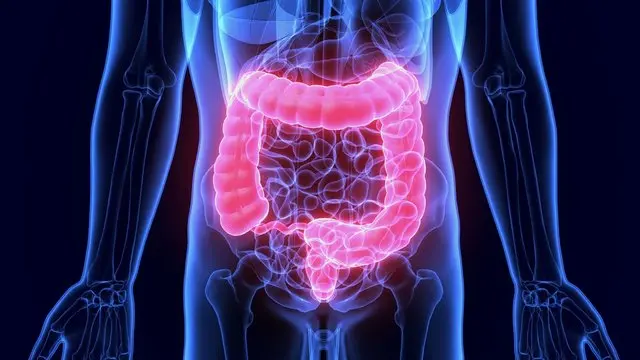
VPAC1 and VPAC2 are the main receptors that allow VIP peptide to act inside the gut. VPAC1 is found in the intestinal lining and in neurons that drive secretions. When this receptor is active, it supports electrolyte and fluid release, which helps move contents along the digestive tract. VPAC2 is located more in smooth muscle layers, where it guides relaxation and contraction cycles that keep gastrointestinal motility steady.
Together, these receptors act as the control points for how VIP peptide shapes gut rhythm. By signaling through VPAC1 and VPAC2, VIP helps balance secretion and muscle tone. Some studies also suggest that receptor activity may link with tissue repair processes, where peptides like BPC-157 may add further support.
While VIP manages signals and receptors, BPC-157 brings another perspective by focusing more on repair within the digestive tract.
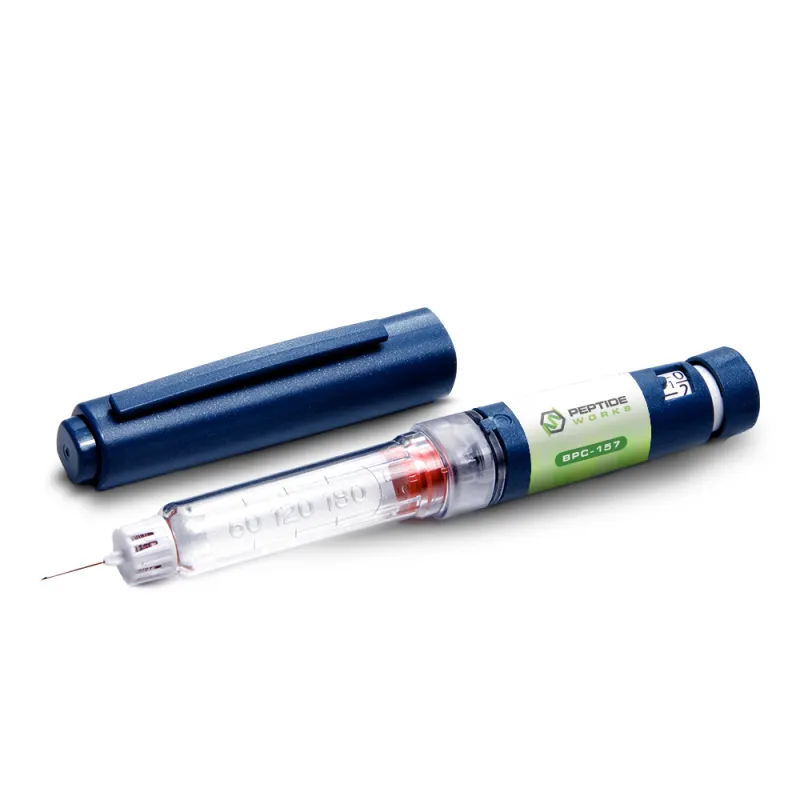
BPC-157 has gained attention for its potential to protect and repair the digestive tract. In preclinical studies, it has been linked to faster healing of the stomach lining, stronger blood vessel growth, and recovery after chemical or stress-related injury. A healthy lining helps nutrients absorb and supports steady gastrointestinal motility.
Some reports also suggest BPC-157 may influence serotonin activity in the intestines, a signal that plays a key role in muscle contractions and gut rhythm. These effects position BPC-157 as a possible partner to VIP peptide. While VIP works through receptors that control signaling and contraction, BPC-157 appears more focused on repair and stability.
Together, they highlight two different but connected ways peptides may influence digestive health and motility. Since muscle movement is what drives digestion forward, it is also important to understand how VIP affects smooth muscle activity.
Discover BPC-157 from Peptide Works, a peptide that helps protect the digestive lining and maintain balanced gastrointestinal motility.
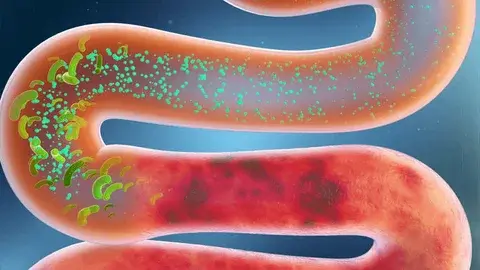
Smooth muscle powers gastrointestinal motility by creating waves that push food through the digestive tract. VIP peptide helps regulate this process through non-adrenergic, non-cholinergic (NANC) nerves that release nitric oxide. This signal relaxes some muscle fibers while nearby fibers contract, producing the alternating rhythm needed for steady transit. By guiding these cycles, VIP keeps motility from slowing too much or moving too fast.
The impact of VIP also differs by location. In the stomach, it helps the fundus relax to store food before digestion begins. In the intestines, VIP supports forward propulsion and prevents irregular spasms. These region-specific actions highlight its central role in keeping gastrointestinal motility balanced.
Because the stomach sets the pace for digestion, gastric emptying is another key part of motility worth examining.
Gastric emptying depends on a coordinated cycle between the stomach’s fundus, antrum, and pyloric sphincter. The fundus relaxes to hold food, the antrum grinds it into smaller pieces, and the pylorus opens in pulses to let contents pass into the small intestine. VIP peptide influences this process mainly through muscle relaxation and changes in blood flow within the stomach wall. By reducing pressure in the fundus, VIP can ease storage and lower the force pushing food forward.
This effect does not always translate into faster emptying. In animal studies, VIP sometimes slowed the process by relaxing muscles too much, while in other models its role was neutral. Current findings suggest VIP peptide shapes the quality of gastric emptying, keeping the rhythm steady and preventing extremes, rather than simply making food leave the stomach faster.
Together, these insights show how VIP and BPC-157 connect across different aspects of digestion, pointing toward future possibilities.
Research into peptides such as VIP and BPC-157 is opening new perspectives on gastrointestinal motility. Early findings show how VIP may guide smooth muscle rhythm and gut signaling, while BPC-157 appears to support repair of the digestive lining and recovery after stress. Together, these peptides highlight potential pathways for maintaining digestive balance.
At Peptide Works, we provide high-quality research peptides for scientific use worldwide. Our aim is to support continued exploration in this field, helping researchers uncover insights that may shape the future of gastrointestinal motility and digestive health.
All products discussed are supplied for research purposes only and are not intended for human use.
[1] Bai X, De Palma G, Boschetti E, Nishiharo Y, Lu J, Shimbori C, Costanzini A, Saqib Z, Kraimi N, Sidani S, Hapfelmeier S, Macpherson AJ, Verdu EF, De Giorgio R, Collins SM, Bercik P. Vasoactive Intestinal Polypeptide Plays a Key Role in the Microbial-Neuroimmune Control of Intestinal Motility. Cell Mol Gastroenterol Hepatol. 2024;17(3):383-398.
[2] Sikiric P, Gojkovic S, Krezic I, Smoday IM, Kalogjera L, Zizek H, Oroz K, Vranes H, Vukovic V, Labidi M, Strbe S, Baketic Oreskovic L, Sever M, Tepes M, Knezevic M, Barisic I, Blagaic V, Vlainic J, Dobric I, Staresinic M, Skrtic A, Jurjevic I, Boban Blagaic A, Seiwerth S. Stable Gastric Pentadecapeptide BPC 157 May Recover Brain-Gut Axis and Gut-Brain Axis Function. Pharmaceuticals (Basel). 2023 Apr 30;16(5):676.
[3] Shen GM, Zhou MQ, Xu GS, Xu Y, Yin G. Role of vasoactive intestinal peptide and nitric oxide in the modulation of electroacupucture on gastric motility in stressed rats. World J Gastroenterol. 2006 Oct 14;12(38):6156-60.
[4] Sikiric P, Hahm KB, Blagaic AB, Tvrdeic A, Pavlov KH, Petrovic A, Kokot A, Gojkovic S, Krezic I, Drmic D, Rucman R, Seiwerth S. Stable Gastric Pentadecapeptide BPC 157, Robert’s Stomach Cytoprotection/Adaptive Cytoprotection/Organoprotection, and Selye’s Stress Coping Response: Progress, Achievements, and the Future. Gut Liver. 2020 Mar 15;14(2):153-167.
[5] Langer I. Mechanisms involved in VPAC receptors activation and regulation: lessons from pharmacological and mutagenesis studies. Front Endocrinol (Lausanne). 2012 Oct 30;3:129.
ALL CONTENT AND PRODUCT INFORMATION AVAILABLE ON THIS WEBSITE IS FOR EDUCATIONAL PURPOSES ONLY.
DISCLAIMER: These products are intended solely as a research chemical only. This classification allows for their use only for research development and laboratory studies. The information available on our Peptide Works website: https://peptide-works.com/ is provided for educational purposes only. These products are not for human or animal use or consumption in any manner. Handling of these products should be limited to suitably qualified professionals. They are not to be classified as a drug, food, cosmetic, or medicinal product and must not be mislabelled or used as such.
Peptide Works
Related Articles

How Does Vitamin B12 for Brain Function Complement BDNF Peptides, Selank and Semax?
Brain function relies on a constant balance of nutrients and signaling molecules. Among these, Vitamin B12 for brain function its
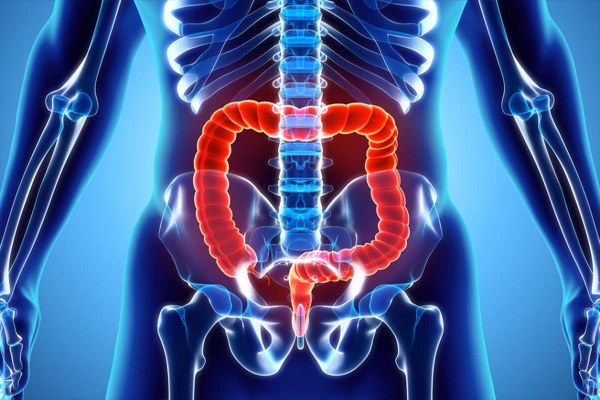
How Can VIP Intestinal Peptide Help Colitis?
VIP Intestinal Peptide, often called VIP, is a naturally occurring chain of amino acids that researchers study for its role
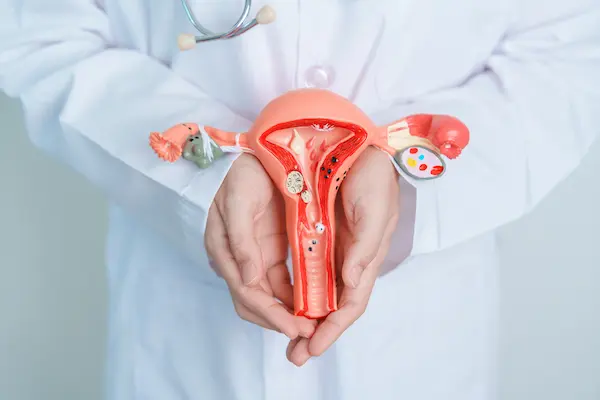
Could Triptorelin be an Endometriosis Peptide Therapy?
Endometriosis is a chronic condition where tissue similar to the uterine lining grows outside the uterus. It often leads to